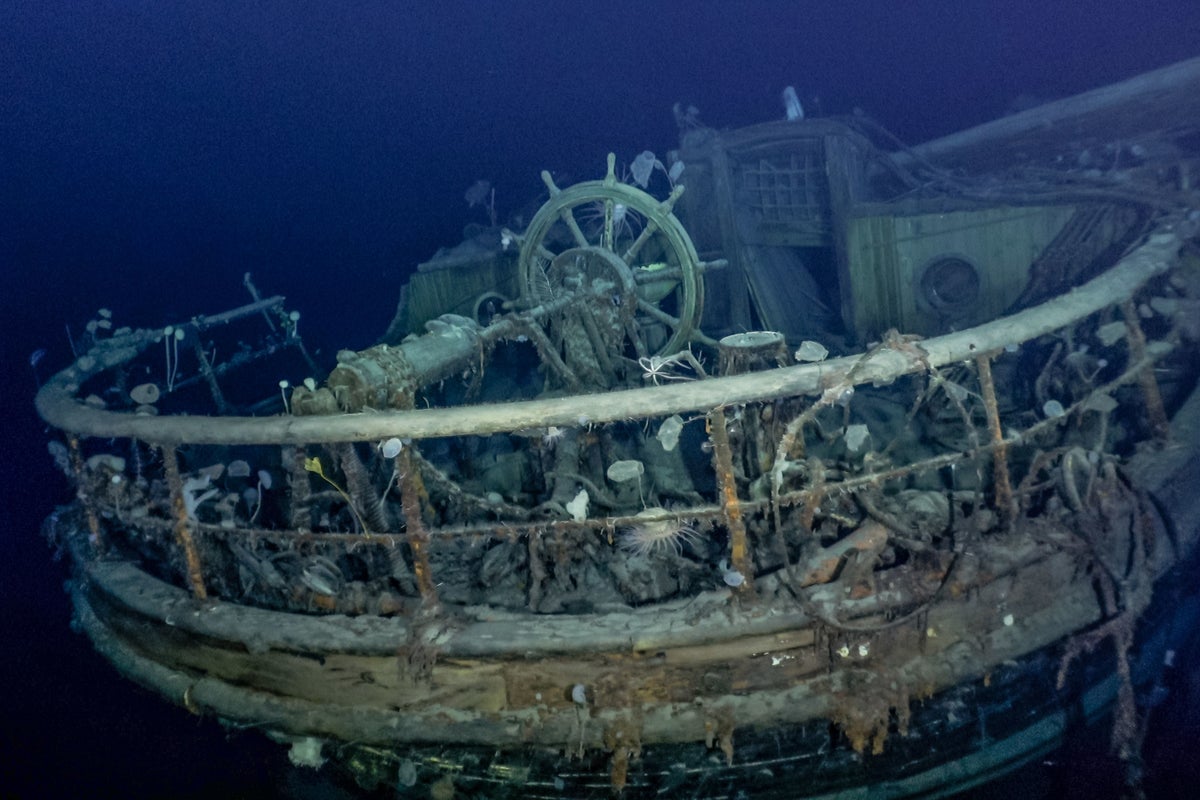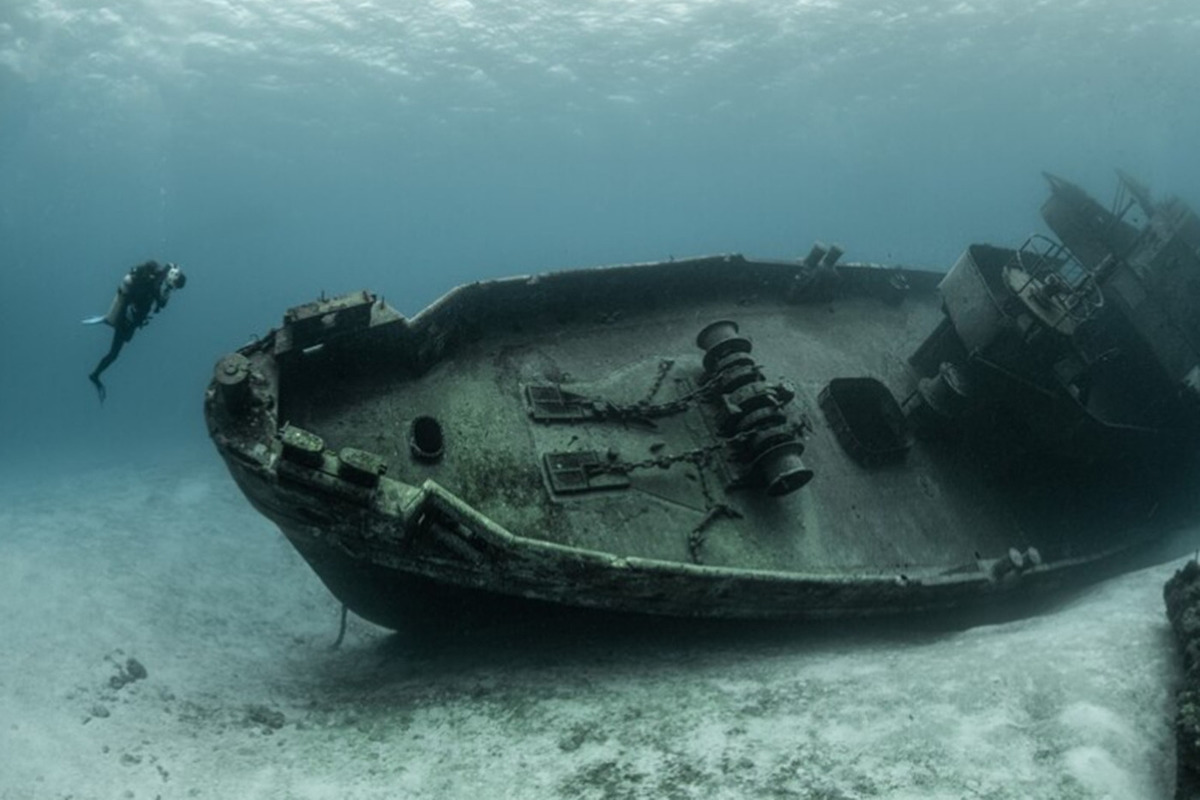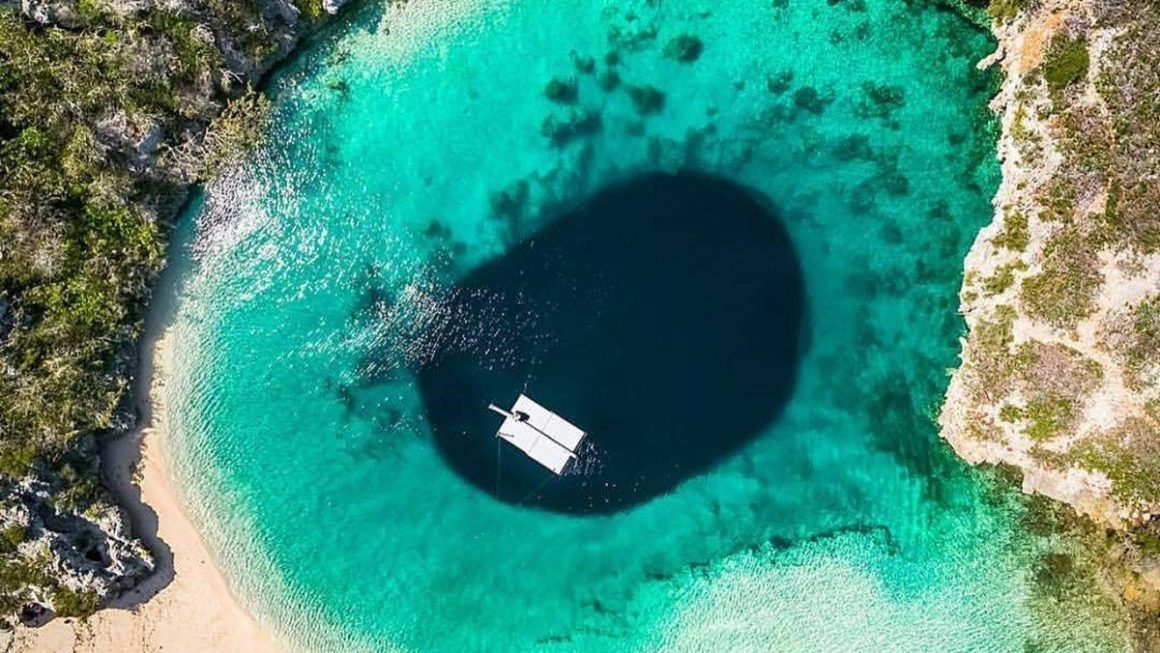The depths of the sea hold great secrets, but it is not every day that a sunken ship is found in such good condition.
This vessel, which sank more than 2,000 years ago in Turkey, provides insights into life and trade in the Mediterranean in ancient times, a key discovery for archaeologists.
A sunken ship discovered in Turkey surprises with its state of preservation
The discovery took place off the coast of Adrasan, in the Turkish province of Antalya, where a team of underwater archaeologists located a vessel from the late Hellenistic period.
The state of preservation left experts speechless, to the point that Turkey’s Minister of Culture and Tourism, Mehmet Nuri Ersoy, decided to dive down to see it for himself.
He said it was an ‘invaluable’ find because of the amount of pottery preserved. The ship, named Ceramic Shell, joins the list of discoveries that reinforce the value of the Turkish coastline as one of the richest enclaves in underwater heritage.
Unique preservation technique: the key to the amazing condition of the sunken ship
What has most baffled specialists is how the cargo survived. Hundreds of pieces, such as amphorae, pots, bowls, plates and trays, were found carefully stacked and covered with wet mud. This material acted as a natural insulator for centuries, protecting the shape of the objects, their colours and original engravings.
Researchers believe that this exceptional preservation could reveal advanced knowledge of packaging and transport that Hellenistic merchants applied on their voyages.
How this ship reveals interesting facts about trade in the Mediterranean
Beyond the condition of the objects, what has aroused the most academic interest is the arrangement of the cargo, as archaeologists explained to Biblical Archaeology Story. The utensils remained organised just as they had been placed on dry land before setting sail.
This detail makes the wreck a unique source of information, as it allows us to study the products transported and how shipments were managed in ancient times.
At least 25 different types of pottery have been identified, providing an insight into maritime trade between East and West during the Hellenistic and Roman transition. Everything indicates that the ship was heading for a port located between Patara and Mersin.

Turkey promotes underwater archaeology and cultural tourism
This discovery, added to the more than 400 shipwrecks documented on the Turkish coast, reinforces the country’s role as an epicentre of maritime heritage.
The government has already announced the construction of a new Mediterranean Museum of Underwater Archaeology in Kemer-Idyros, where the remains of the Adrasan ship will be exhibited. In addition, part of the site will be developed for diving tourism, consolidating the region as a living museum under the sea.
Minister Ersoy described the find as ‘the most important not only for Turkey, but for world cultural heritage’. As part of the so-called ‘Golden Age of Archaeology’, Turkey plans to reach 800 active excavations by 2026, with the ambition of becoming a global leader in the protection of submerged heritage and a leading destination for cultural diving.




